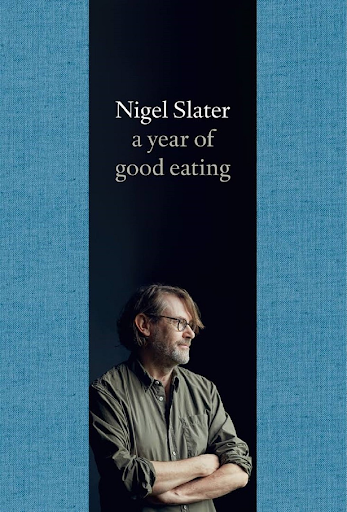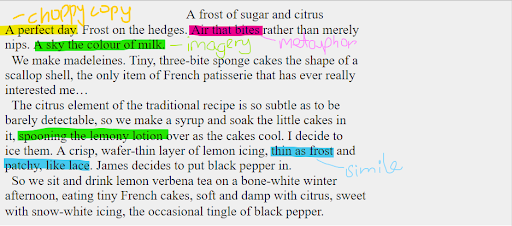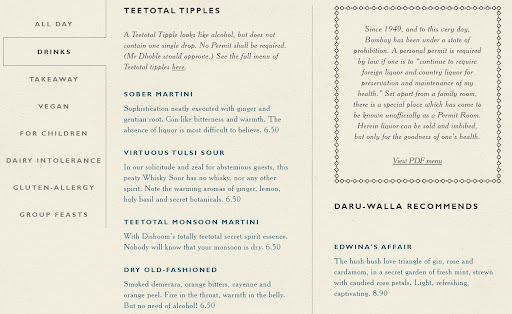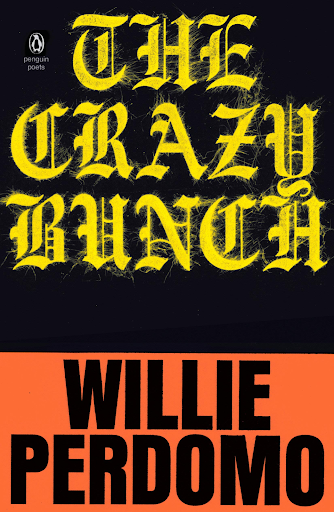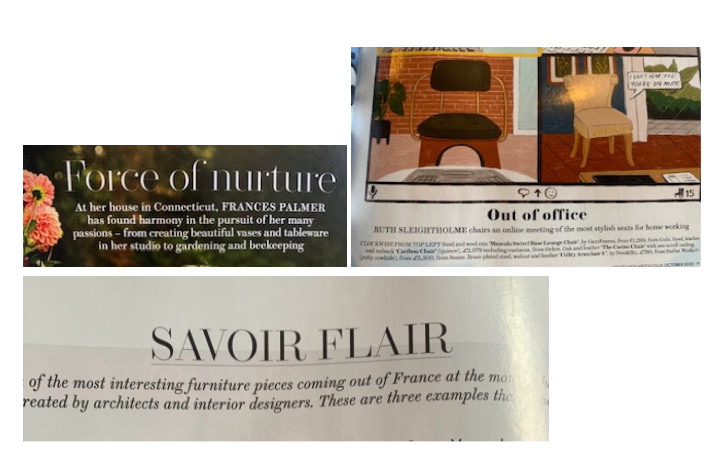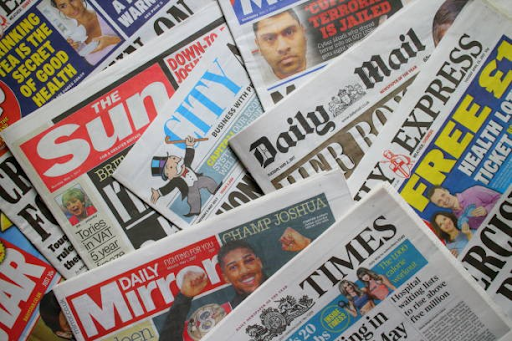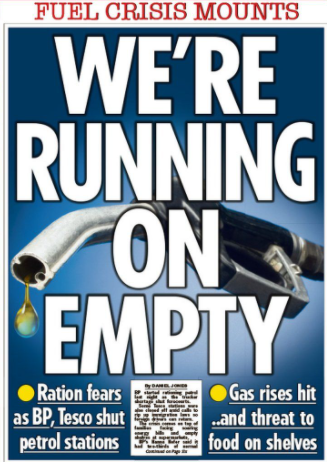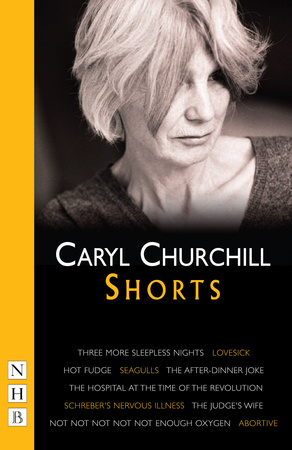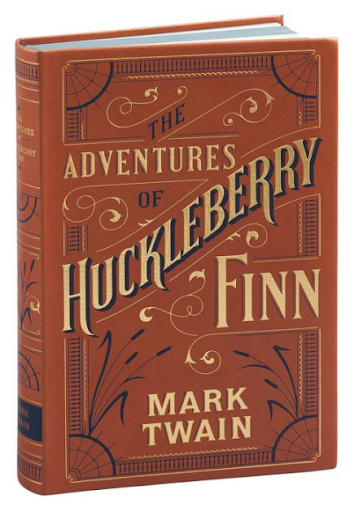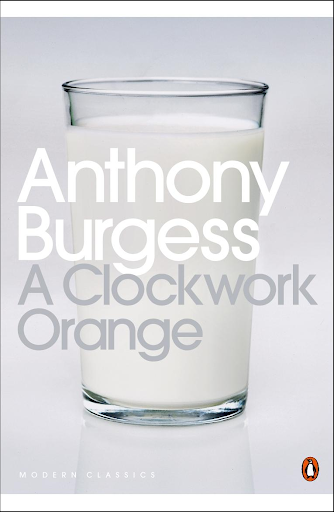There. I said it.
Loud and clear, for all aspiring and practising copywriters to hear. The blasphemous truth they don’t want you to know. The secret reality that most how-to blog posts won’t tell you…
Yes, there is more to life than reading copywriting books.
Sit and ponder the conventions and best practices of advertising moguls all you like, but they (alone) won’t make you a better copywriter. Ouch, right?
Frankly, there are tons of marketing and copywriting books out there professing ultimate knowledge, but how on earth are we meant to consume them all without being intimidated before we’ve even begun?
As much as I loved poring over Ogilvy on Advertising when I found it in the office in my first marketing role, I think there’s so much you can learn from absorbing other types of reading material. Reading everything and anything that moves you. Simply embrace studying language and emotion, that’s all.
Okay, there’s a lot more to it.
So… I asked Team TCC for their thoughts. Here goes:
THE REAL recommended reading list for careers in copywriting
1. COOKBOOKS
A Year of Good Eating, by Nigel Slater, felt like nothing I’d read before. And while stylistically it can feel almost (almost!) too much in places, I think it’s an education in imagery. It oozes attention to detail obsessively and indulgently, and makes you long to sit and eat slowly, and be part of Nigel’s experience. It’s enticing.
Good copy should make you feel that too. It doesn’t have to be loud, fast, and punchy. It can gently inspire your desire to be part of a lifestyle or a movement, until that product or experience becomes part of your everyday.” Me, Luena Amaral, Copy-Editor
Let’s tuck in… Here’s an extract filled with literary (and surely nutritional) goodness…
What you can learn from this:
- Choppy copy, imagery, similes, and metaphors are all techniques that will add some real flavour to your copy, whether you’re writing product copy (naming and descriptions), web copy, blog post content, social media content, or conceptual copy.
And if you’re wondering how these techniques work in practice, then check out the sumptuous menu and web copy for Dishoom. In the meantime, here’s a taster:
2. POETRY
“Whenever I’m stuck, I always try and ignite some creativity with some poetry. I think particularly evocative poets can really help open up that part of our minds; one of my go-to’s is Willie Perdomo.” Ella O’Donnell, Head Copywriter
What poetry teaches you about copy:
- Rhythm, cadence, onomatopoeia, alliteration, and… staying power.
The poem you learnt at school that you can still recite? The ad jingle that takes over Christmas radio? What do they have in common? Staying power. They capture you in seconds and linger in your ears for years to come. The best copy does that too. Just think of Tesco’s “Every little helps” or Maybelline’s “Maybe she’s born with it.”
- Poetry will help you write everything from corporate video scripts and television and radio ads to conceptual social media ads, headlines, and captions.
Here’s an ad that’s dripping in poetic licence…
(And, FYI, it was written by copywriter Becca Wadlinger from Wieden+Kennedy.)
3. DESIGN MAGAZINES
“Magazines and newspapers (not the gossip kind!) are fantastic at conjuring up emotion and action… Journalists are pros at headline copy. Take an interior design magazine: Not only is it meant to inspire and inform, but it’ll also have pages dedicated to selling new products and brands. These writers are experts in B2C copywriting and selling you a lifestyle.
Online journalism outlets work to pull you in and influence your opinion on a topic. Interiors journalists show you how you could be living, and there’s nothing more personal than your home. So, study how they do it, and you can use this to sell anything that fits into someone’s aspirational personal identity.” Me, Luena Amaral, Copy-Editor
Let’s take a look at some aspirational, luxury copy in action:
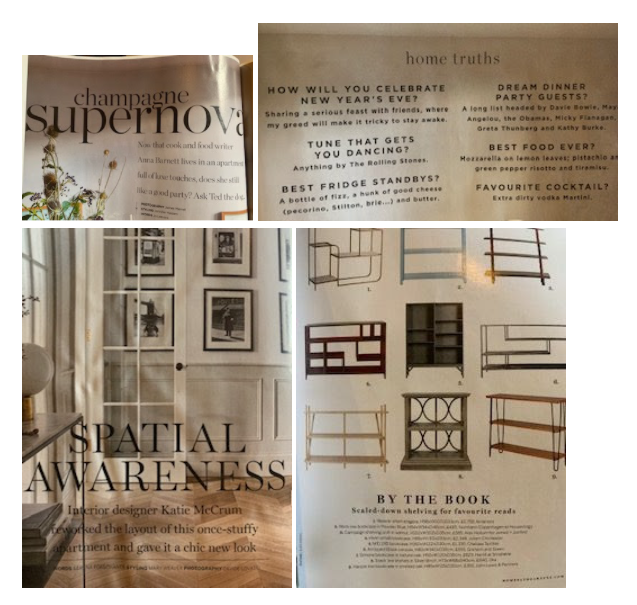
What you can learn from this:
- It’s all in the pun! Journalists earn their keep through enticing stories and punchy play-on-words. Headlines, standfirsts, and pull quotes—all dripping in punny, alliterative, imaginative flair, designed to pique your interest.
- What about pull quotes? Well, they’re your testimonials. Just as readers are stopped in their tracks by inspiring pull quotes from people they admire, consumers are compelled by testimonials from like-minded customers.
- Studying magazines like these will not only inspire your headline copy, or social captions, but will also add some spark to taglines, eyebrow copy, AND your CTAs (where the “magic” happens).
4. TABLOIDS
“I think reading some trash can also be super helpful–even looking at how things like tabloids capture attention and stir up rage. For me, it’s more about engaging the muscle to interrogate why what you’re reading works (or doesn’t), rather than focusing on the content itself.” Charlie Kenber, Copywriter
Time to dive into the meaty subject of tabloid psychology…
- Tabloid headlines often play on our primal emotions: think fear, anger, lust, shock. And they do this by using hyper-sensorial imagery, sensationalism, The Curiosity Gap, and The Goldfish Lens. UKEssays explains how “The tabloids are engaged at the level of our deepest needs for safety and security and they constantly make us feel vulnerable.”
- Understanding the emotional triggers of your audience and how to speak to those emotions in their language is the backbone of good copy.
- Use hyperboles, build intrigue with information gaps, use specificity (via statistics), and keep headers short and sharp (some say the magic formula is six words or so!).
- And don’t just look at headlines. Read straplines and pull quotes to inspire your caption copy, blog post content, microcopy, and CTAs. Here’s Leon Paternoster’s take on six techniques used in tabloid journalism and how to apply them when writing for the web.
Take a look at The Sun’s use of fear and urgency in this headline:
Fancy learning more about the role of psychology in copywriting? Take a look at our piece on behavioural economics.
5. CONTEMPORARY PLAYS
“I would always throw contemporary plays in there, as they are usually very effective at capturing realistic conversation, driving action, and setting up conflict (useful for writing problem-agitation-solution structures). For example, James Graham is good for political drama, Caryl Churchill (super famous) for quite absurd plays with incredibly well-drawn characters, and debbie tucker green is great too.” Charlie Kenber, Copywriter
What dialogue can teach you about copy:
(In short, everything.)
- Dialogue is nuanced. It can be fast-paced and choppy, or drawn-out and meditative. There are pauses, and spaces for the characters to think and respond.
- Think of your customer as a character, influenced by their context; their culture, interests, experiences.
- Next, use the emotion, pace, and rhythm in narrative dialogue to write copy that feels natural and familiar, in your customer’s unique tone and language.
- Then, read it out loud wearing your audience’s shoes.
- Copywriting is all about conversation between the brand and their customer.
Take an email marketing campaign. Each email is another conversation that should invite a response (the next desired action in the marketing funnel) and serve a purpose in developing the two-way dialogue that nurtures the relationship.
- Top tip: Listen to the real-life, informal conversations around you. At home, at the train station, at a restaurant or store. Remember, copy shouldn’t be stuffy, wordy, or jargon-heavy. It needs to flow and capture attention with natural ease.
- Think ad campaigns, corporate videos, social media content, email marketing, and web copy.
6. CLASSIC FICTION
“I pretty much exclusively read copywriting/psychology/marketing/business books (and blogs) but I’d recommend reading classic fiction like anything by Mark Twain, e.g. The Adventures of Huckleberry Finn. There’s a reason why books are considered classics: Whether you love them or not, there’s always something you can learn from the way the story is told, and the language used.” Konrad Sanders, Lead Strategist & Copywriter, Founder of TCC
What you can learn from classic fiction:
- Reading acclaimed classic fiction teaches you the art of storytelling, building narrative arcs, setting scenes, characterisation, and adopting different tones of voice.
- These elements will always help you grip your audience whether you’re writing an About page, homepage, conceptual ad script, or blog post.
7. CULT FICTION
“It’s worth remembering the author has created a journey meant to guide readers through a series of emotional experiences, and it’s been done with full intention. There’s psychology to be learned there, especially narratives that conjure up emotions that might surprise you.
I remember reading books like A Clockwork Orange at school and that one, in particular, is pretty dark. But Anthony Burgess’ ability to make you feel empathetic towards, or connected to, bad characters through slang is extraordinary. If anything, it teaches you how scarily powerful language can be in provoking reaction or persuading alliance or belief. Most classics that have achieved cult status make for interesting literature to geek out over, I think.” Me, Luena Amaral, Copy-Editor
What you can learn from cult fiction:
- Communication through storytelling is deeply embedded in our “cultural and biological make-up” and “is a specific mode of thought, different from logical reasoning, on which we rely in making sense of the world and the self.”
- Why not combine your storytelling skills with brand strategy? Help brands develop their value proposition, tone of voice, brand DNA, and brand guidelines.
Take a look at Sipsmith’s brand storytelling.
To sum up…
There you have it! Copywriting books aside, there is so much more out there to immerse yourself in that will help you hone your craft, wherever you are in your copywriting career.
Read a lot. And read widely. Then take note of how what you read made you feel. The best writers, I think, are also the most inquisitive readers. Simple.
Happy reading,
Luena x
